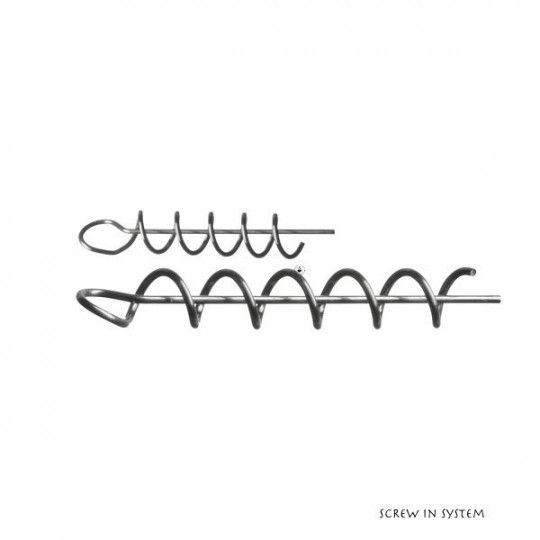
Rig Daiwa Prorex Screw in System Screw
Shipping 3 à 5 jours
Cookies management panel
This site uses cookies and gives you control over what you want to activate. Cookies are used for ads personalisation.Fishing line are part of the basic equipment you need for angling. These fishing accessories are used to equip the rod for the various set-ups. Above all, it's important to select quality line and hooks that are suited to the fishing technique being practised.
Filter By
260 products

Shipping 3 à 5 jours
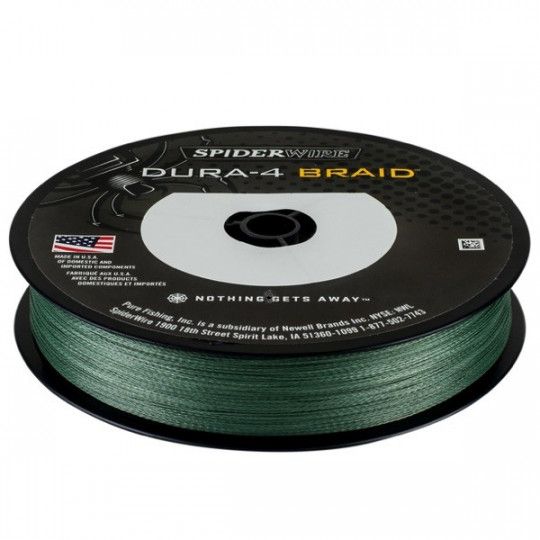
Shipping 3 à 7 jours
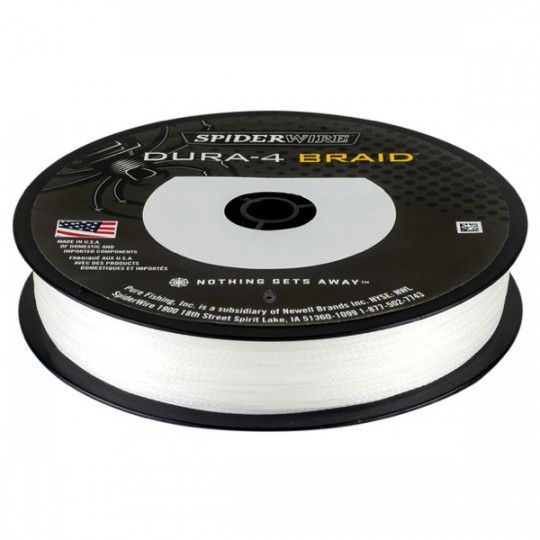
Shipping 3 à 7 jours
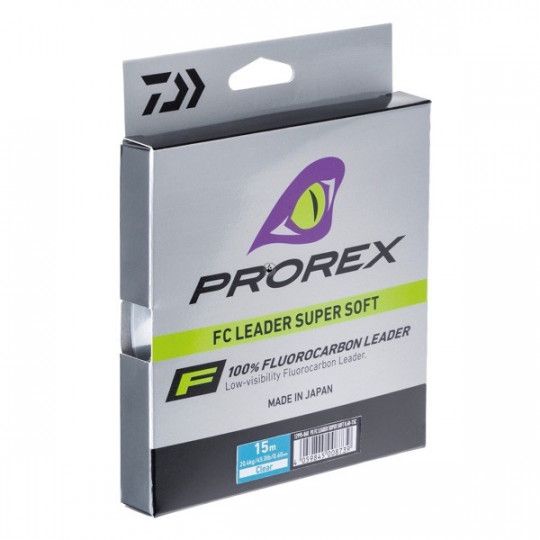
Shipping 24 H
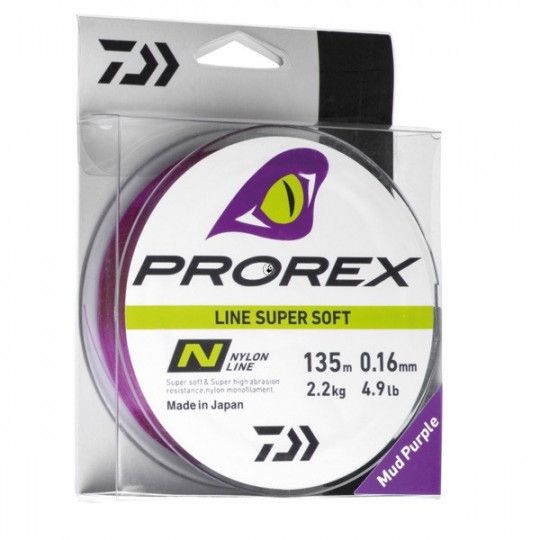
Unavailable at the moment
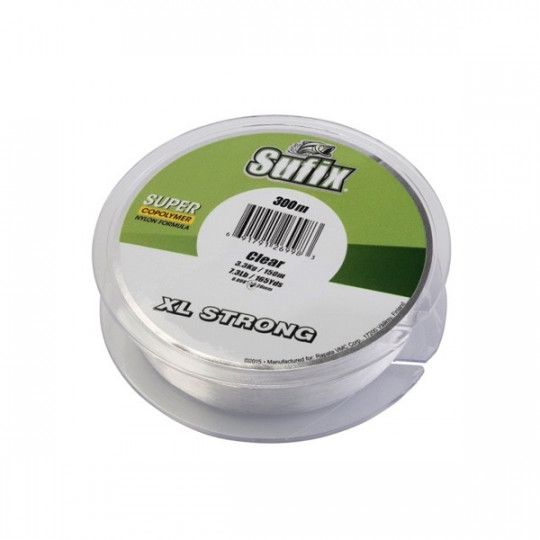
Shipping 3 à 5 jours
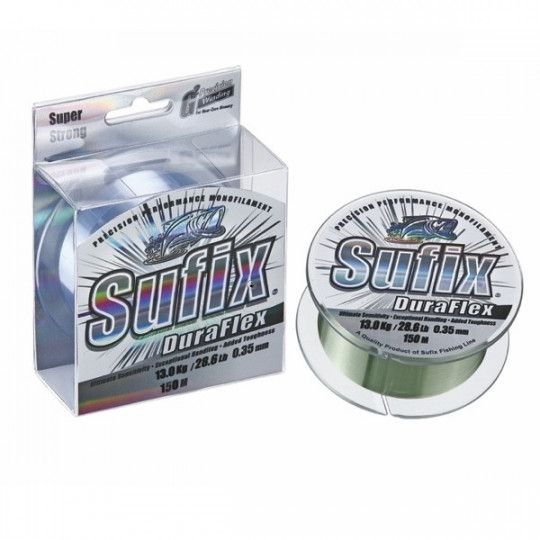
Shipping 24 H
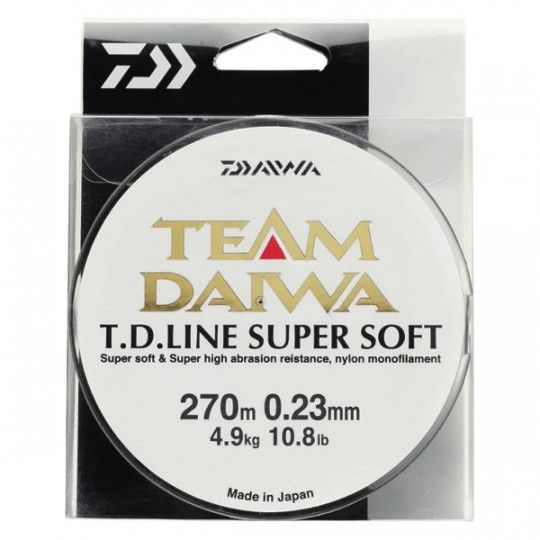
Shipping 24 H
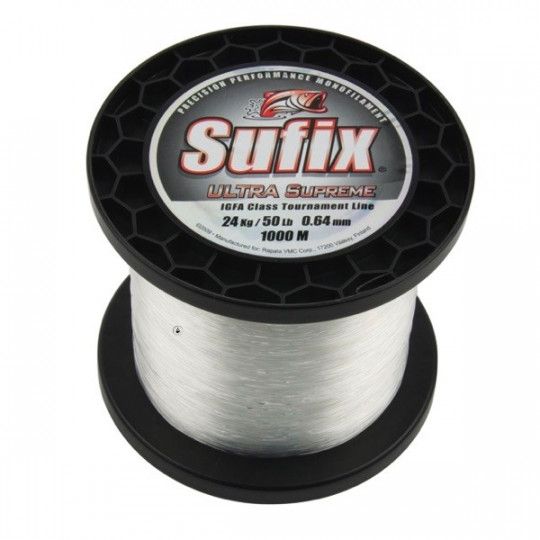
Shipping 24 H
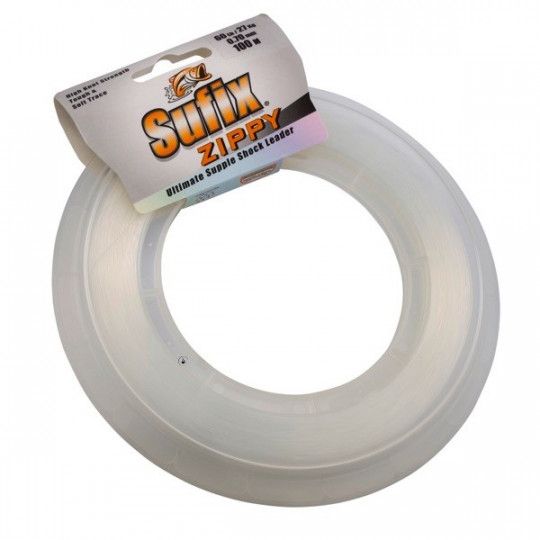
Shipping 3 à 5 jours
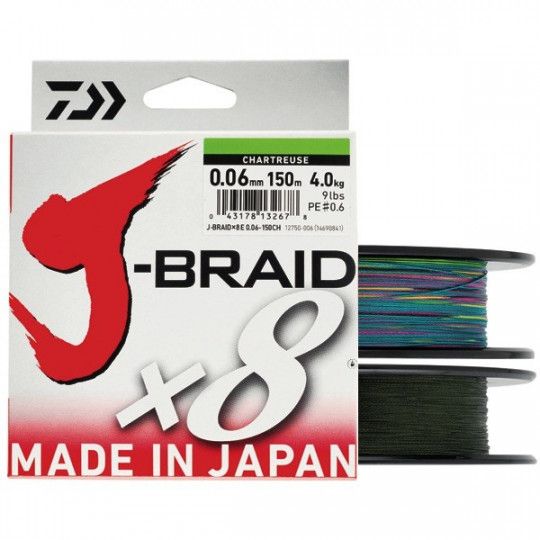
Shipping 3 à 5 jours
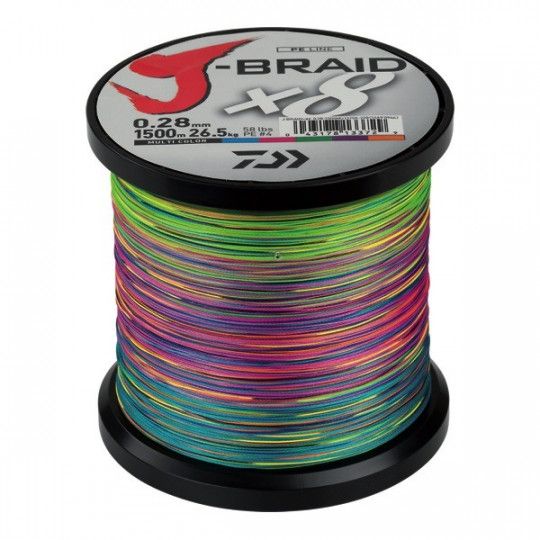
Shipping 24 H
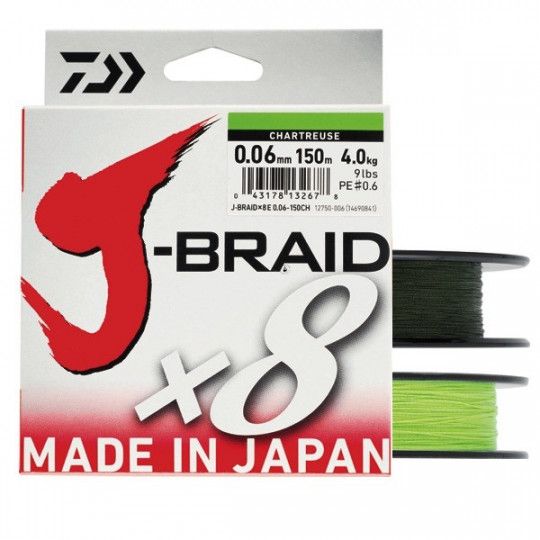
Shipping 3 à 5 jours
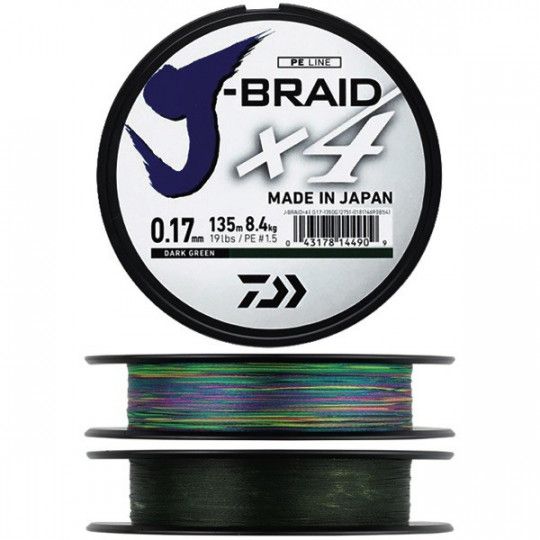
Shipping 3 à 5 jours
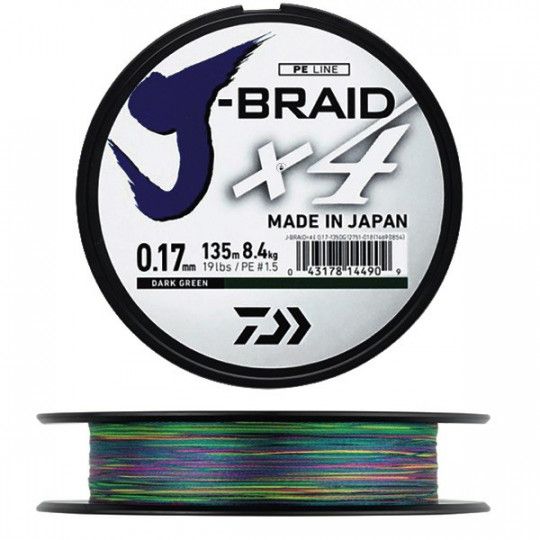
Shipping 3 à 7 jours
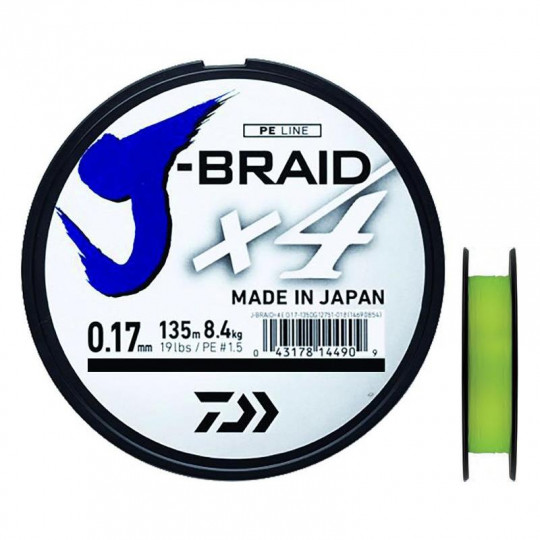
Shipping 5 à 10 jours
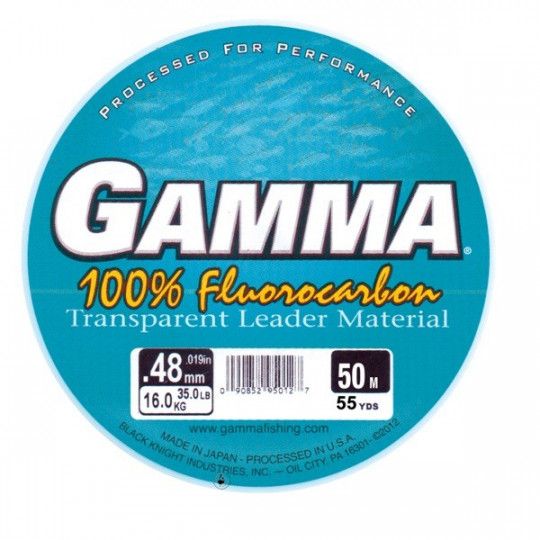
Shipping 24 H
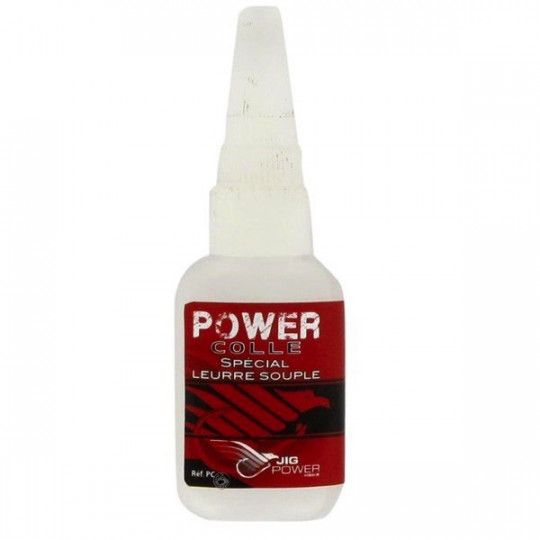
Shipping 24 H
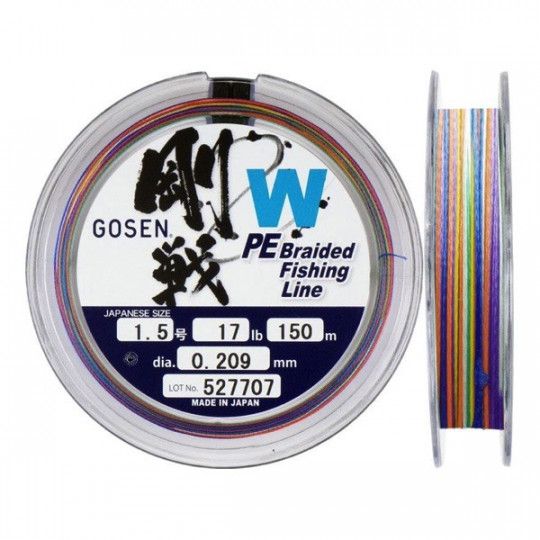
Shipping 3 à 5 jours
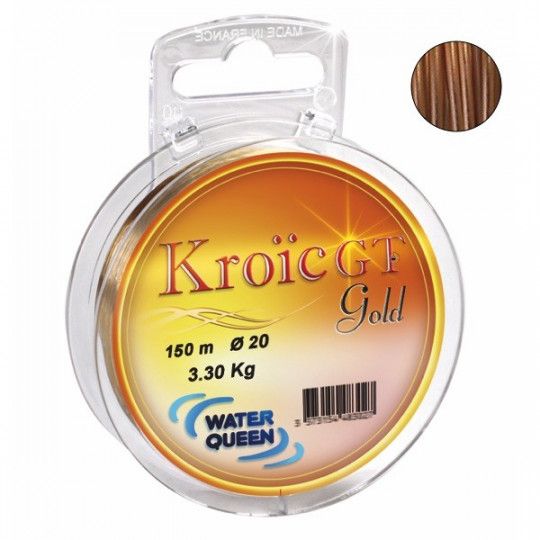
Unavailable at the moment
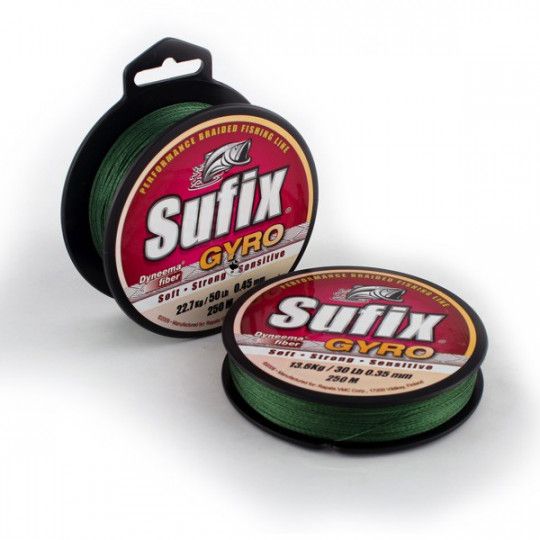
Shipping 24 H
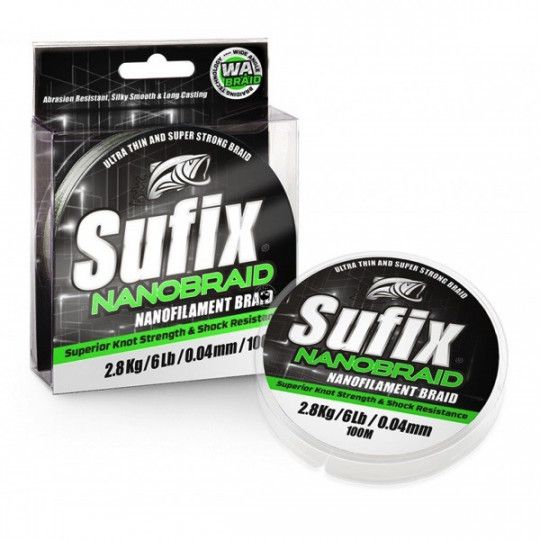
Shipping 24 H
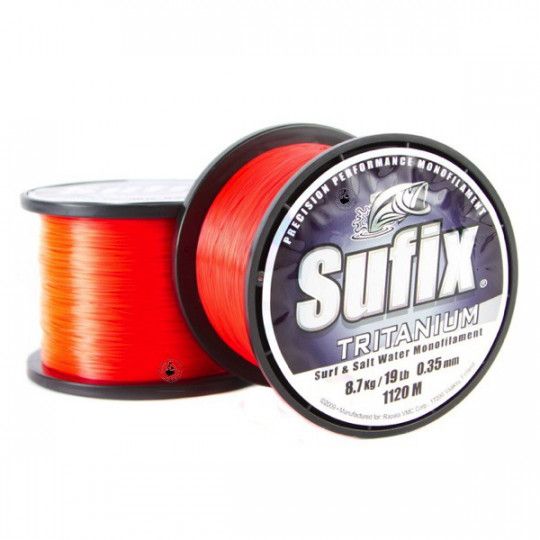
Shipping 24 H
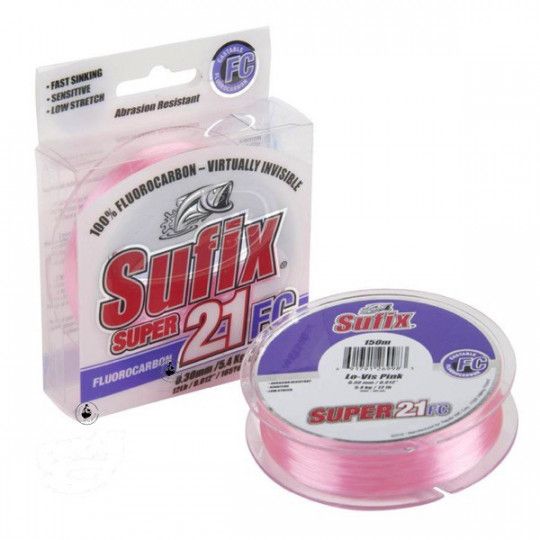
Shipping 3 à 5 jours
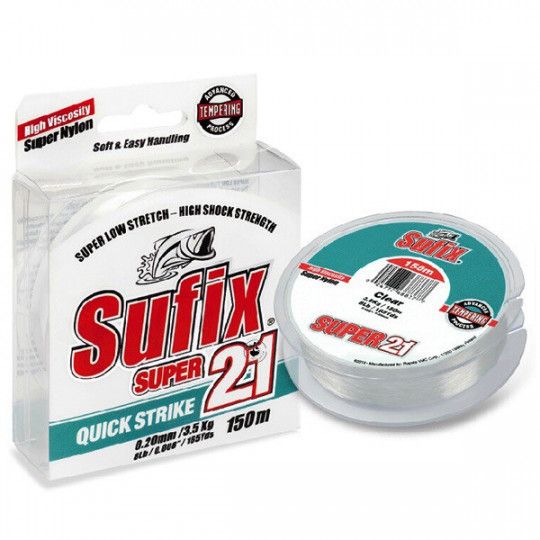
Unavailable at the moment
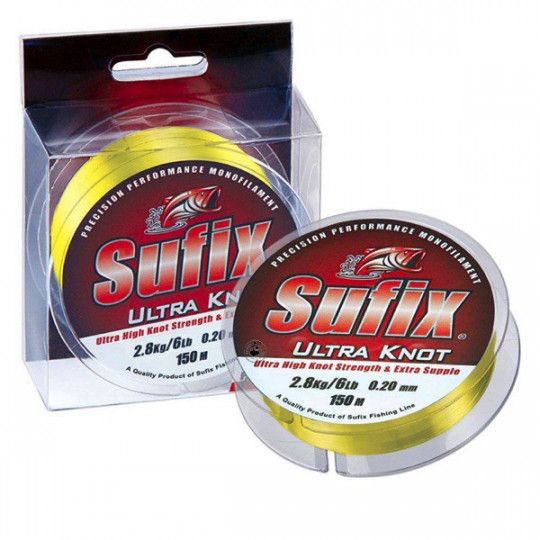
Shipping 3 à 5 jours
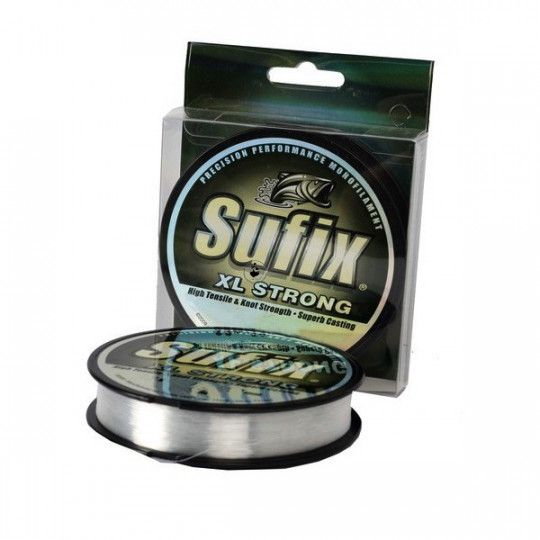
Shipping 24 H
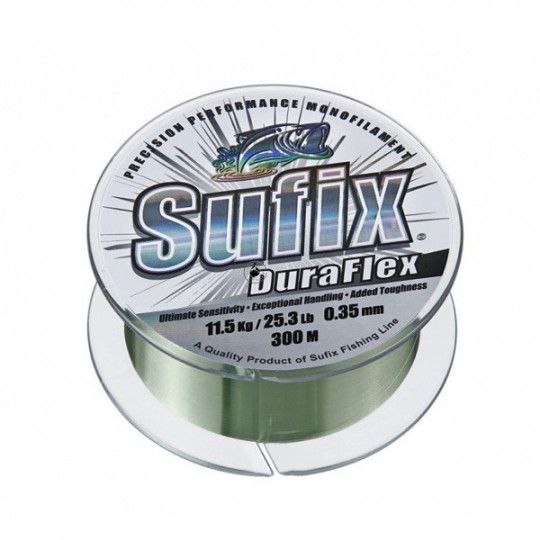
Unavailable at the moment
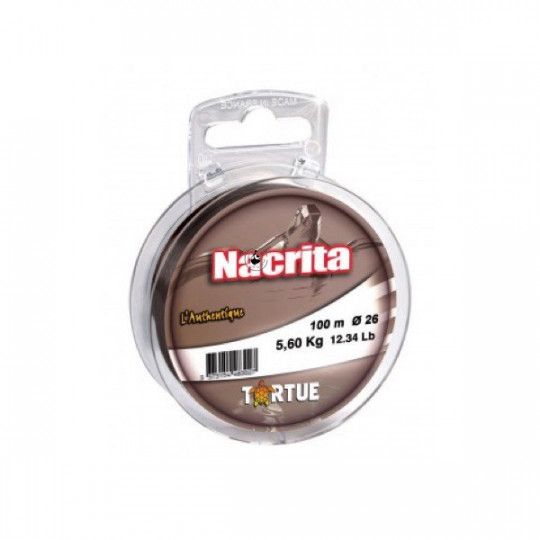
Unavailable at the moment
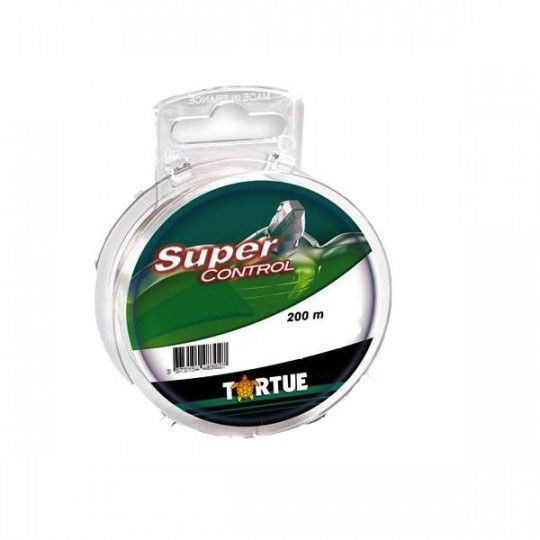
Shipping 24 H
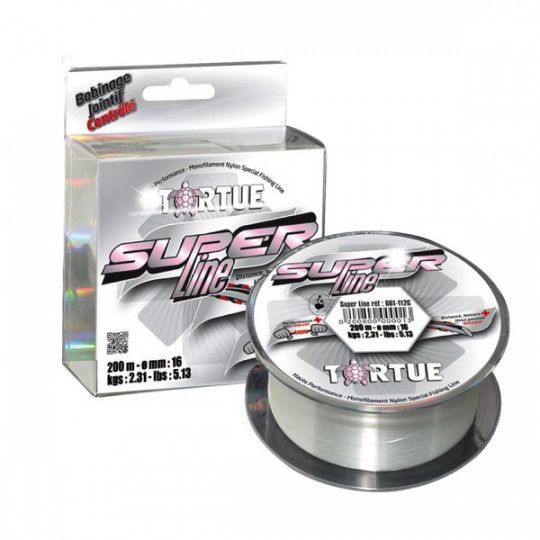
Shipping 3 à 5 jours
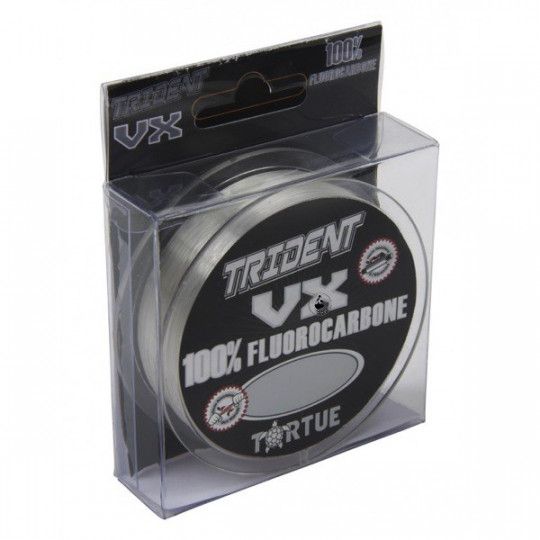
Shipping 3 à 7 jours
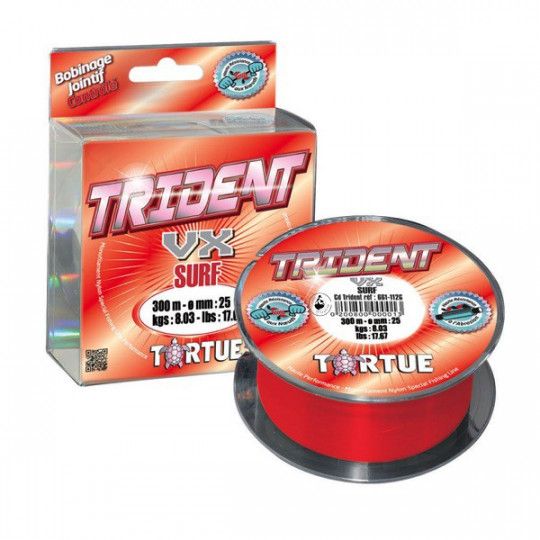
Shipping 24 H
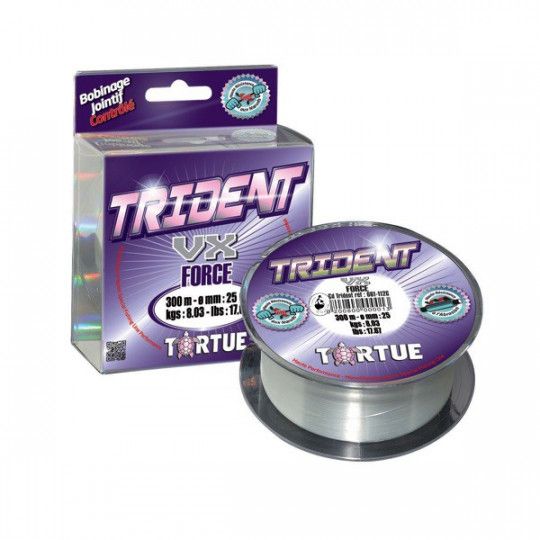
Shipping 24 H
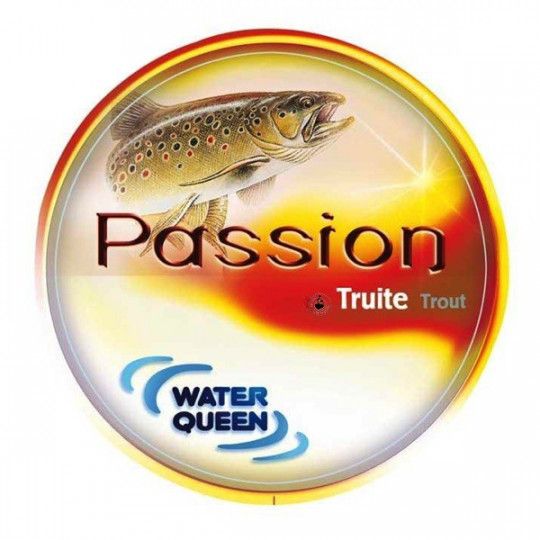
Shipping 24 H
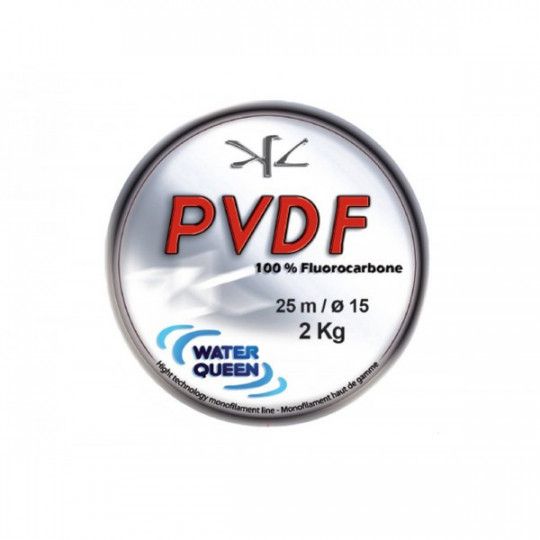
Unavailable at the moment
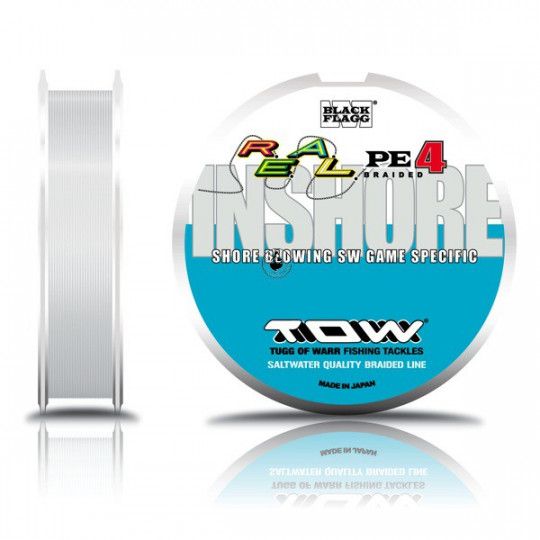
Shipping 24 H
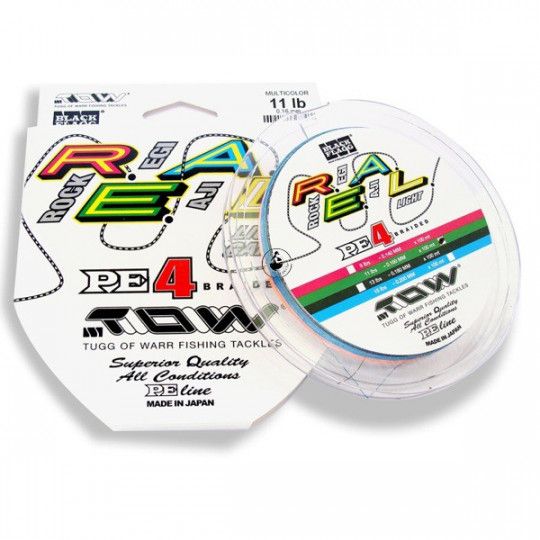
Shipping 24 H
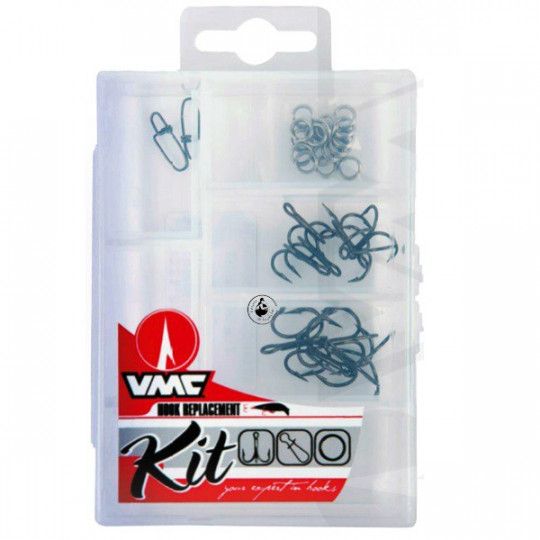
Unavailable at the moment
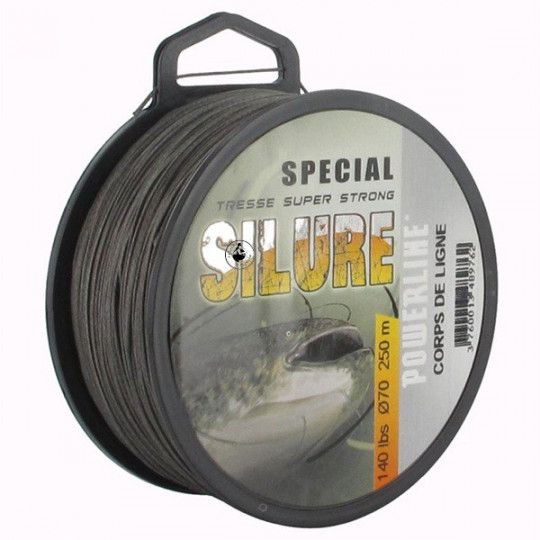
Shipping 24 H
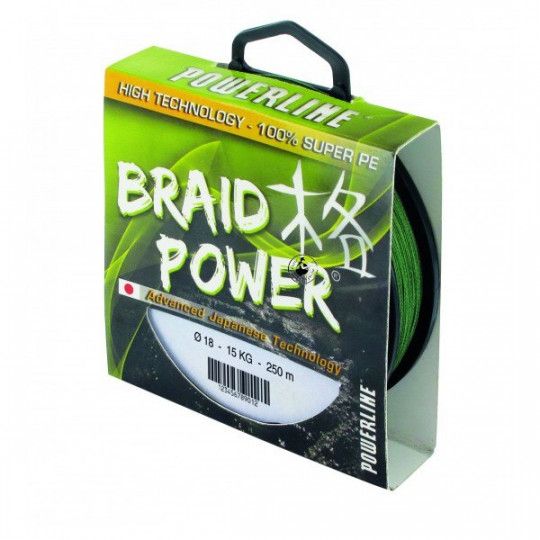
Unavailable at the moment
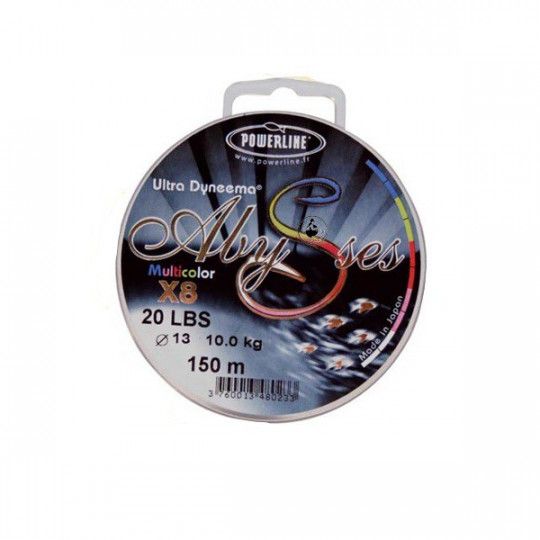
Shipping 3 à 7 jours
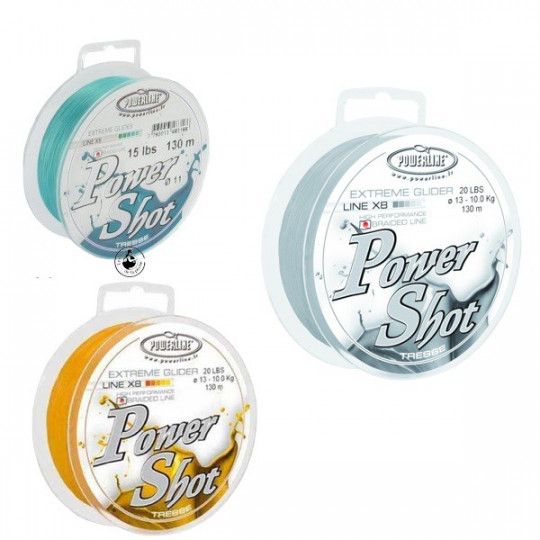
Shipping 24 H
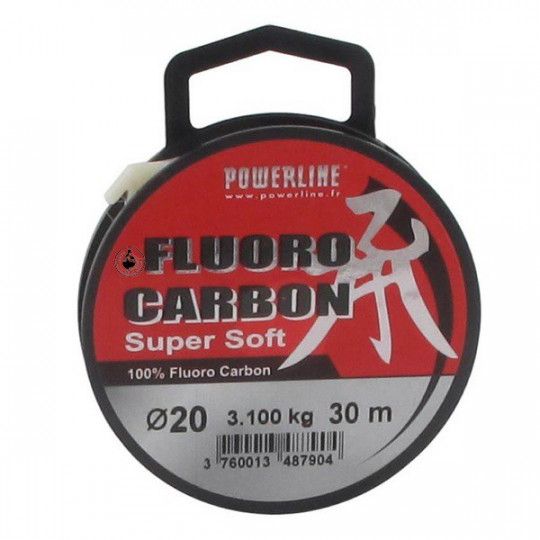
Unavailable at the moment
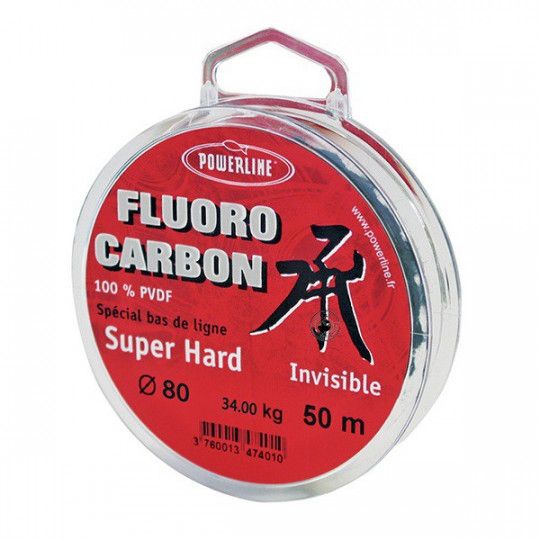
Shipping 24 H
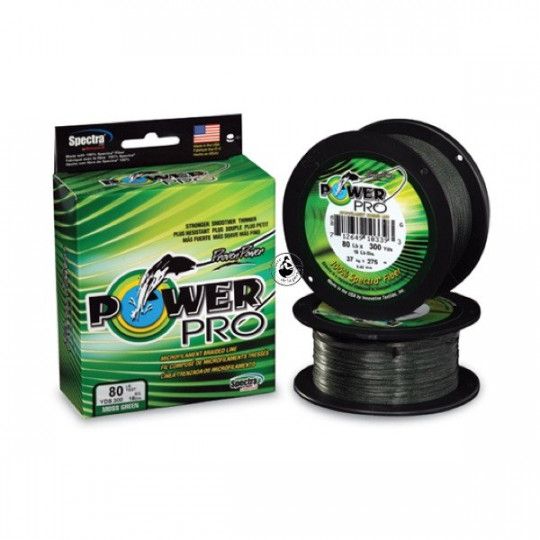
Unavailable at the moment
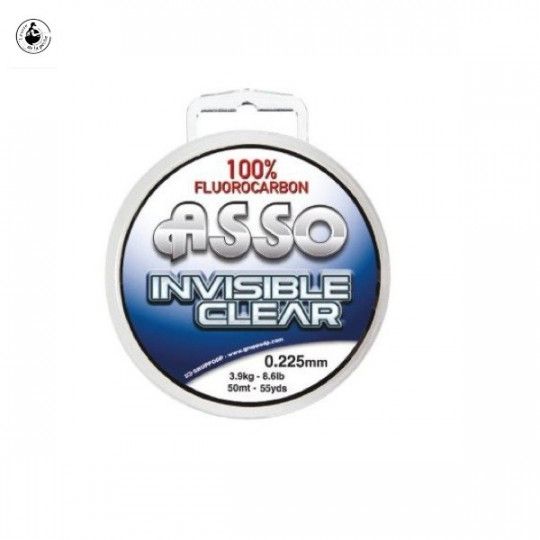
Shipping 24 H
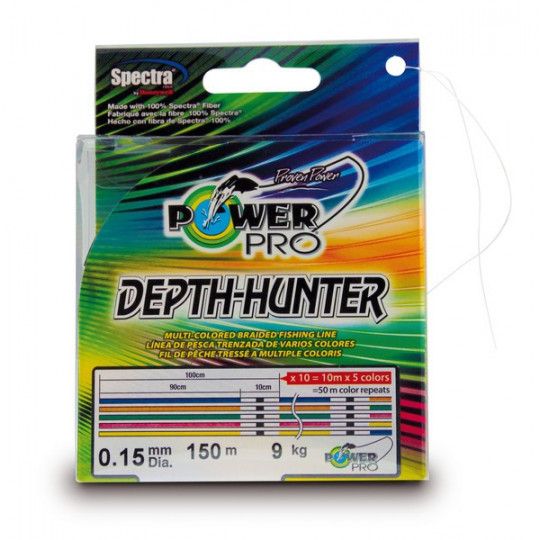
Unavailable at the moment
There are several types of fishing line, each with its own specific characteristics. Here are the three main categories:
To choose the fishing line best suited to your needs, you need to take into account a number of important criteria, such as:
The diameter and strength of the line are also essential criteria to consider when making your choice. A line that is too thin may not be able to withstand the weight of the fish, while one that is too thick may be less discreet and could scare off the fish. Line strength is usually expressed in kilograms or pounds.
It's important to choose a line with the right strength for the type of fish you want to catch. For example, for trout fishing, a line strength of 4 to 6 kg (8 to 12 lb) is generally sufficient. However, don't hesitate to adjust this value according to the size of the fish and the fishing conditions.
The colour of your fishing line can also influence your success. Some lines are more visible underwater than others, which can scare fish away. Generally speaking, the most discreet colours are transparent, green and brown.
However, certain situations may require the use of a more conspicuously coloured line, for example if you are fishing in particle-laden water where visibility is reduced. In this case, a yellow or orange line can make it easier to find your line.
To preserve the qualities of your fishing line, it's essential to look after it and store it properly. Here are a few tips for looking after your line:
By following this advice, you'll be able to enjoy your equipment for longer and increase your chances of success when fishing.
All our fishing accessories catalogue: